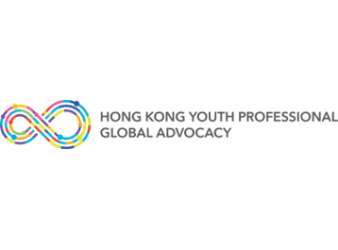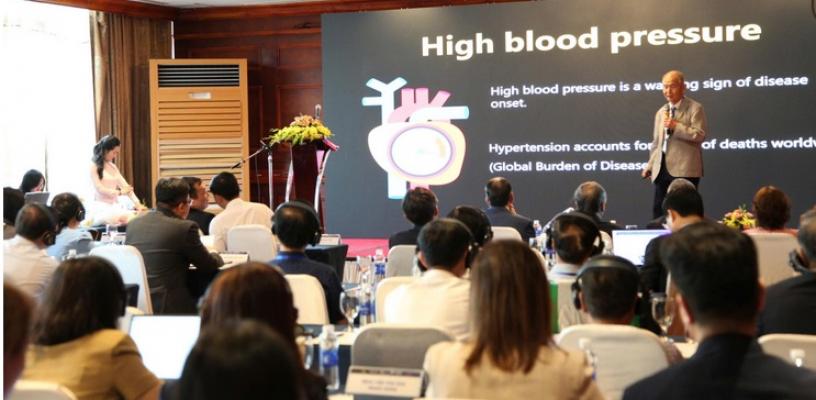- Home
- MediaOutReach
- Asia Pacific cities hold steady at the top amid global volatility, Kearney's latest report finds
Asia Pacific cities hold steady at the top amid global volatility, Kearney's latest report finds
Selasa, 21 Oktober 2025 | 13:21

- - Top five APAC cities including Tokyo, Singapore, Beijing, Hong Kong, and Shanghai remained in the top ten of Global Cities Index, underscoring resilience amid global volatility.
- - Asian hubs such as Seoul and Singapore gained momentum on the Global Cities Outlook, through livability and innovation driven by sustained investment in infrastructure, talent, and digital readiness.
Kearney's report reveals that as the world enters the intelligence age, cities are not competing on size or legacy alone, but increasingly on readiness: the ability to align infrastructure, renewable energy, and talent to harness the opportunities of artificial intelligence while managing its risks.
Global Cities Index
The GCI evaluates cities across five dimensions: business activity, human capital, information exchange, cultural experience, and political engagement. With 31 indicators, the Index quantifies each city's ability to attract, retain, and generate global flows of people, capital, and ideas.
The capital of Japan, Tokyo, remained steady at number four for the eleventh consecutive year, maintaining its strength in human capital and showing modest gains across business activity, cultural experience, and information exchange. Additionally, Singapore secured the fifth spot once again, matching last year's ranking. This stability reflects modest gains in political engagement and human capital, driven by improvements in ease of entry. These are offset by slight declines in cultural experience and business activity.
Among the top-performing APAC cities, Hong Kong took the seventh position this year, rising from ninth place in last year's GCI, while the other APAC cities retained their positions. Hong Kong posted an improvement in international travelers, and a strong performance in visual and performing art which led to gains in the cultural experience dimension.
The top 10 cities in the 2025 Global Cities Index include:
- New York
- London
- Paris
- Tokyo
- Singapore
- Beijing
- Hong Kong
- Shanghai
- Los Angeles
- Chicago
Regional catalysts of growth
Emerging Asian hubs are also gaining momentum on the GCI, driven by sustained investment in infrastructure, talent, and digital readiness. Across the measured dimensions, business activity saw notable shifts this year, with Taipei and Kuala Lumpur achieving strong upward momentum, rising 13 and nine positions on the dimension respectively. In Jakarta's case, the human capital dimension rose 13 positions in line with the city's strong progress in strengthening its institutions and infrastructure.
The APAC region is also outperforming in information exchange, where scores rose across all regions - underscoring the growing importance of digital infrastructure and global integration in shaping urban competitiveness. Cities such as Shenyang, Osaka, Taipei, and Mumbai recorded significant improvements – each investing in connectivity and service-sector development.
Global Cities Outlook
Where the GCI captures current performance, the Global Cities Outlook (GCO) offers a forward-looking assessment, evaluating how effectively the world's leading metros are creating conditions for future success. It seeks to measure future potential across four dimensions: personal well-being, economics, innovation, and governance.
This year's GCO revealed meaningful shifts in both global and regional hierarchy, as Seoul and Singapore surged into the top five. For the first time in five years, Singapore returned to the top five, leaping from 20th to the third position. This sharp rise reflects gains in infrastructure, GDP per capita, and foreign investment, underscoring Singapore's resilience and global appeal. Meanwhile, Seoul climbed to second place from the fifth position, building on consistent gains in innovation and governance.
Emerging Asian hubs such as Taipei and Jakarta also advanced, signaling a broader redistribution of global opportunity.
A look ahead: leadership in the intelligence age
Kearney's Global Cities Report also concludes that cities' long-term competitiveness will rest on three interdependent enablers: expanding energy capacity, embedding resiliency and livability into growth, and developing talent ready for AI adoption. Cities that act systemically, integrating these elements into a unified vision, will not only withstand disruption but shape the next era of global leadership.
"Cities are now at the frontline of the intelligence age. Their leadership will depend not only on capturing AI's productivity gains, but also on how they govern its risks. Cities of the future would be those that can integrate energy security, renewable investment, and talent development into a single, coherent strategy, defining the next era of global competitiveness," concluded Mr Sekinada.
Note to editor
The GCI assesses how globally engaged cities are across five dimensions: business activity, human capital, information exchange, cultural experience, and political engagement. The GCO, on the other hand, examines how cities are creating the conditions for future status as major global players. This analysis covers four dimensions—personal well-being, economics, innovation, and governance—which are the key determinants of a city's ability to attract talented human capital, generate economic growth, increase competitiveness, and ensure stability and security.
While the GCI quantifies the current state of urban centers, the GCO is a measure of how these same cities are ensuring that they can retain – or augment – their global city status in the future. The GCO is designed to spotlight not only the well-established leaders, but also those cities that may be best positioned—thanks to strategic investments in future performance—to challenge their supremacy.
https://www.kearney.com/
https://www.linkedin.com/company/kearney/
BERITA LAINNYA

Selasa, 21 Oktober 2025 | 13:24

Selasa, 21 Oktober 2025 | 13:24

Selasa, 21 Oktober 2025 | 13:23

Selasa, 21 Oktober 2025 | 13:21

Selasa, 21 Oktober 2025 | 13:19

Selasa, 21 Oktober 2025 | 13:18

Selasa, 21 Oktober 2025 | 13:17

Selasa, 21 Oktober 2025 | 13:15

Senin, 20 Oktober 2025 | 14:50

Senin, 20 Oktober 2025 | 14:50

Senin, 20 Oktober 2025 | 14:48























